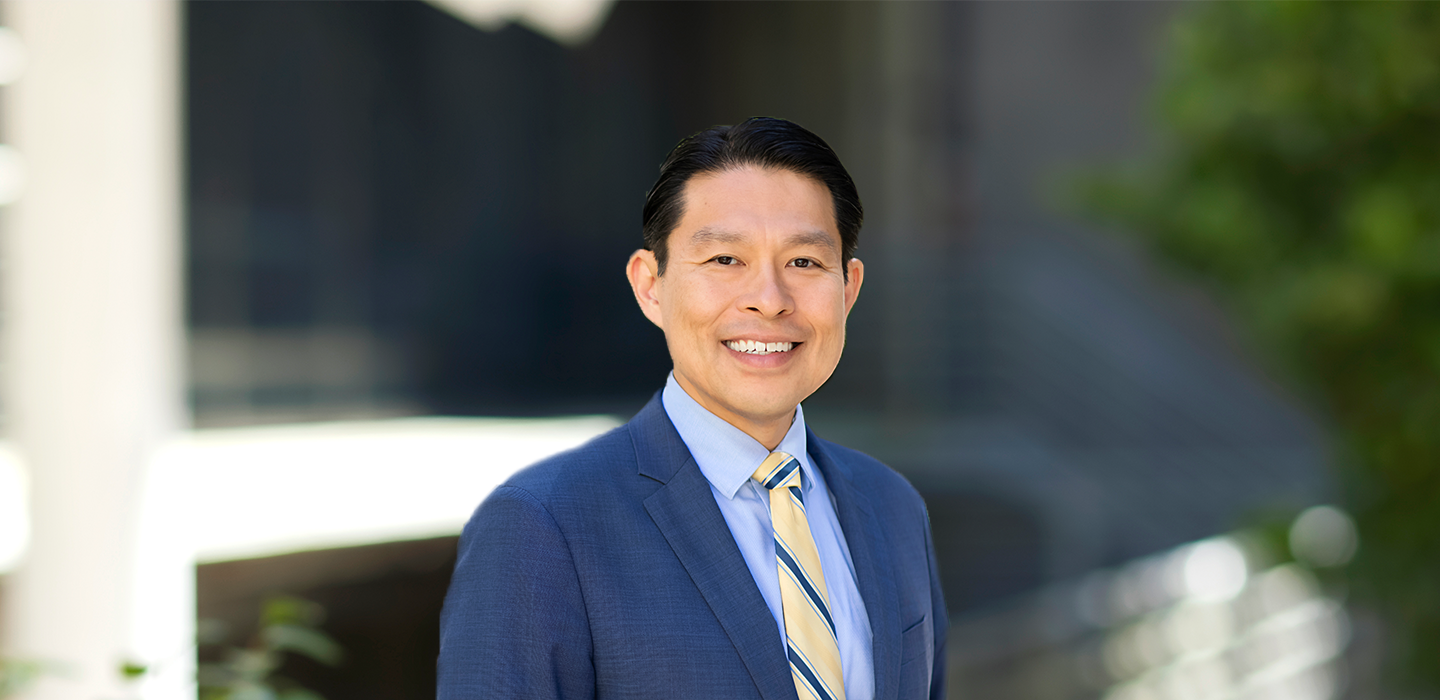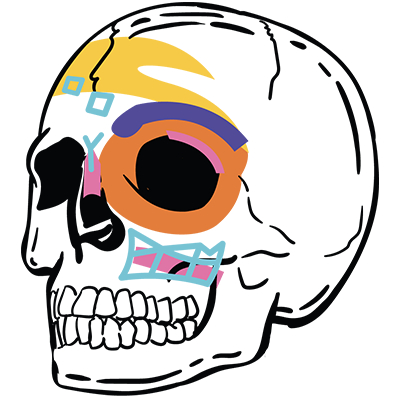Plastic Surgery and the Magic of Innovation
An Interview with Alexander Lin, MD

In 2022, Dr. Alexander Lin joined UCSF Benioff Children’s Hospitals as co-director of the Craniofacial Center and director of surgical innovations for the UCSF Division of Plastic and Reconstructive Surgery. He also co-directs the UCSF Center for Advanced 3D+ Technologies and is developing UCSF’s first site for in-house, sterilizable 3D-printed models on our Oakland campus. We spoke with Dr. Lin about why he loves his work and how our hospitals are prioritizing innovation and technology in patient care.
What led you to specialize in pediatric plastic surgery?
In medical school, you rotate through all sorts of different specialties, and I enjoyed learning about all the different ways we can help people. But when I rotated onto the plastic surgery service, I saw such incredible ways of healing people. Surgeries that looked like magic.
I remember this young girl whose nose had been completely bitten off by a dog. There was nothing left. But the plastic surgeons were able to carve cartilage to simulate the nose architecture, then carefully cut and turn over tissues from her forehead onto the carved cartilage and in a few weeks it had healed into something that looked like a new nose.
It was amazing to me that our bodies can be transformed into new shapes to restore people’s humanity. I had to learn it.
Why is innovation so important to your work?
Innovation is all about finding new and better ways to achieve one’s mission, and my mission is to help children and their families. It’s not necessarily about coming up with the newest widget or device, although it certainly can be. Innovation can also mean taking something that already exists and modifying it to apply it in a more useful way – in this case, to help patients. In research, we call that translation – translating from theory to patient care.
Can you give an example?
It was amazing to me that our bodies can be transformed into new shapes to restore people’s humanity. I had to learn it.
3D printing has been around for a long time, but it has taken a while for people to learn how to apply it. Even when people started using 3D printing technology to visualize complicated surgeries, it was really just about looking at the printed model to better understand the patient’s unique anatomical problem.
It took more innovative steps to figure out how to translate that technology into better patient care and apply it to highly complicated medical problems.
How do you apply 3D printing in the surgical process?
There are multiple ways. First, let’s say a patient has a face fracture. We can use a model of the fracture to pre-bend plates and screws the day before surgery, so that these are already bent perfectly for the patient’s anatomy, even before we operate.
We can also create custom splints for use during surgery, which means placing the sterile guide against the craniofacial bones to show us where to cut or shape without injuring nerves or blood vessels. And we can print patient-specific implants that we literally put inside the child’s body.
Before surgery, we can use these models to see things better, to really clinch a diagnosis or understand the feasibility of a procedure. For example, we used 3D printing when we had an adult donor for an infant in need of a liver transplant. We used the model to see whether the liver would fit inside the baby.

An illustration of a 3D-printed model showing the bone grafts that Dr. Lin used to reconstruct a patient’s skull.
What makes this so useful in children’s health?
Kids are much smaller than adults, so you have less margin for error. If we understand the surgery better, we can make more precise incisions with smaller scars and improve the accuracy of the reconstructions.
We just had an 11-year-old patient who was run over by a vehicle. All the bones in his face were broken. That’s like fixing a broken egg that’s covered by a blanket. I can’t just open the face to see the egg and fix it. I have to make little hidden incisions under the eyelids, under the mouth, and the lips – I’m basically making holes in the blanket and then trying to fix the egg through the holes.
When we 3D print the patient’s CT scan and that sterile model is next to the patient’s face while we are doing the surgery, it’s like I have X-ray vision. The greater accuracy increases the speed of surgery, which lowers potential blood loss. Everything is better.
What sets UCSF apart when it comes to innovation in care?
I have just been amazed by the people here. This place is full of people with brains and heart. And you need both. You can tell people here really care about each other. They care about kindness. And they care about progress and innovation. That’s a unique trifecta of mind, heart, and forward thinking.